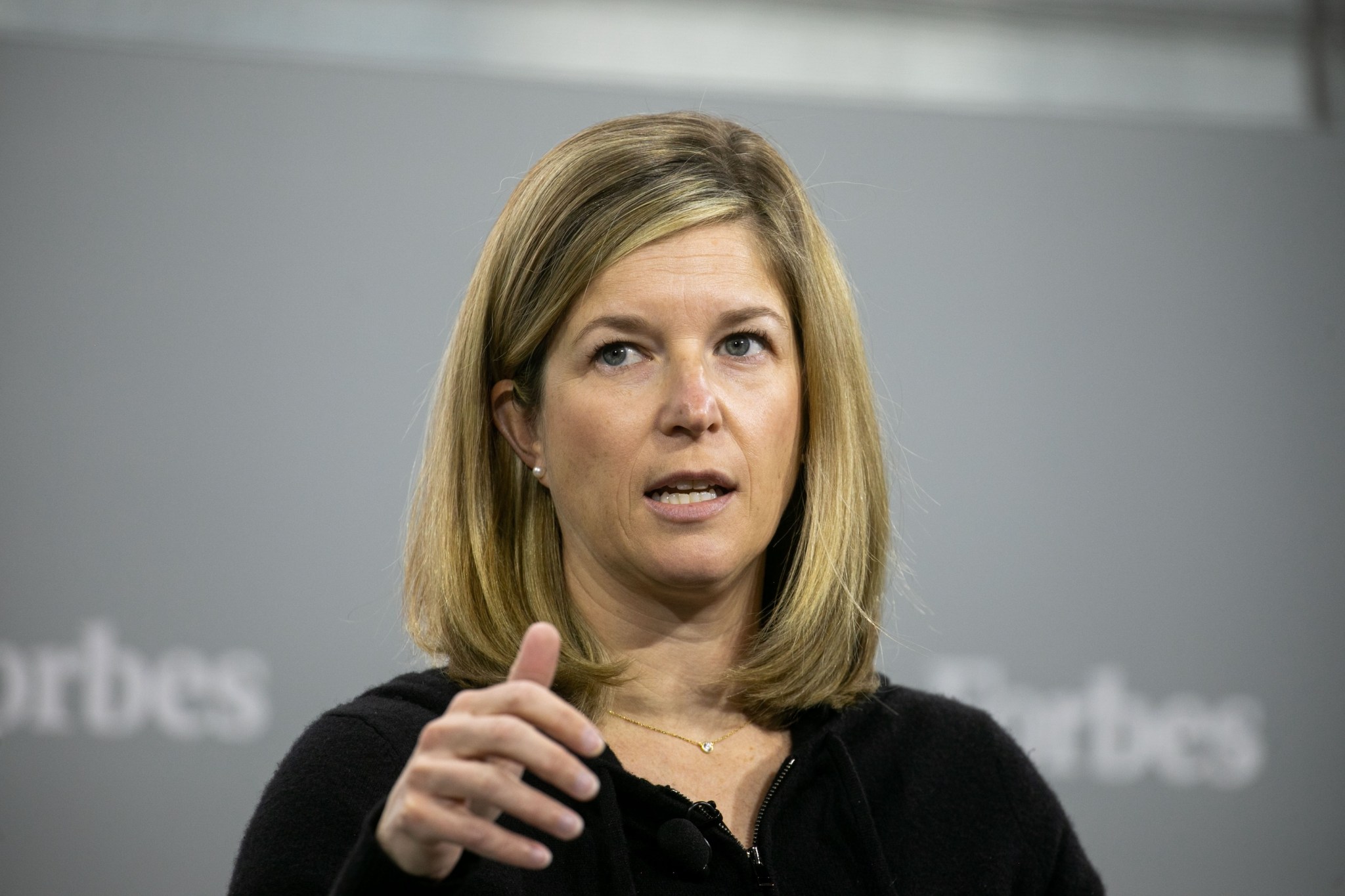
Centene‘s stock has experienced a significant decline—more than 42% in the past six months—primarily due to the withdrawal of its 2025 financial guidance following some troubling developments in its core health insurance business.
Centene’s recent stock drop is closely linked to a combination of higher-than-expected medical costs amid challenging trends in the Affordable Care Act (ACA) market and anticipation of the scheduled end to enhanced ACA subsidies at the end of 2025. While shares jumped earlier this week after Centene affirmed its guidance, which was higher than analysts’ estimates, it faces an uncertain road ahead.
Centene’s stock drop and ACA subsidies
- Stock performance: Centene’s shares fell sharply in early July, reaching their lowest levels in nearly a decade. This plunge was triggered by worse-than-expected financial results, withdrawals of 2025 earnings guidance, and recognition of higher-than-expected medical costs as well as rising morbidity in its ACA and Medicaid populations.
- ACA subsidies set to end: The enhanced ACA premium subsidies passed under the American Rescue Plan (ARP) and extended under the Inflation Reduction Act (IRA) are scheduled to sunset on Dec. 31. Without congressional action, this will result in significantly reduced subsidies or their outright elimination for many Marketplace members.
- Investor implications: The looming expiration of subsidies is projected to shrink the pool of healthier, subsidized Marketplace enrollees. This would create an adverse selection problem—leaving a riskier, potentially sicker population in the insured pool—which could further drive up medical costs for ACA plans and erode Centene’s margins.
Centene’s business outlook
- Short-term: The company faces major headwinds as it grapples with higher costs, deteriorating risk pools, and policy uncertainty about ACA subsidies for 2026 and beyond. Its Q2 2025 loss was its first in over a decade, leading to guidance withdrawals and widespread analyst downgrades. Efforts to reprice 2026 plans are underway to account for this new, tougher landscape.
- Medium- to long-term: The outlook hinges on whether Congress acts to extend ARP/IRA subsidies. If not, Centene faces further pressure in its ACA business, with potential for increased uninsured rates and higher per-member costs as healthier enrollees exit the market.
Trends in healthcare costs
- Medical cost inflation: U.S. healthcare cost growth is expected to remain elevated in 2025, with employer-sponsored plans near 8.5% and group market rates close to 7.5%.
- Drivers: The expiry of enhanced ACA subsidies could push more people to go uninsured, resulting in a sicker insured population and higher claims costs. Ongoing challenges such as rising chronic disease prevalence, drug costs (including new price reforms), and healthcare workforce shortages will continue to put pressure on prices.
- Mitigating factors: Enactment of new drug price controls and pent-up demand from the pandemic leveling off may help moderate some inflation, but most projections see healthcare costs outpacing GDP growth through this decade.
Investor takeaway: Centene stock faces a challenging outlook driven by ACA pressures, higher healthcare costs, and the policy risk posed by the scheduled end of enhanced federal subsidies after 2025.
For this story, Fortune used generative AI to help with an initial draft. An editor verified the accuracy of the information before publishing.
#Centene #stock #slides #ACA #subsidy #expiration #looms #medical #cost #speculation